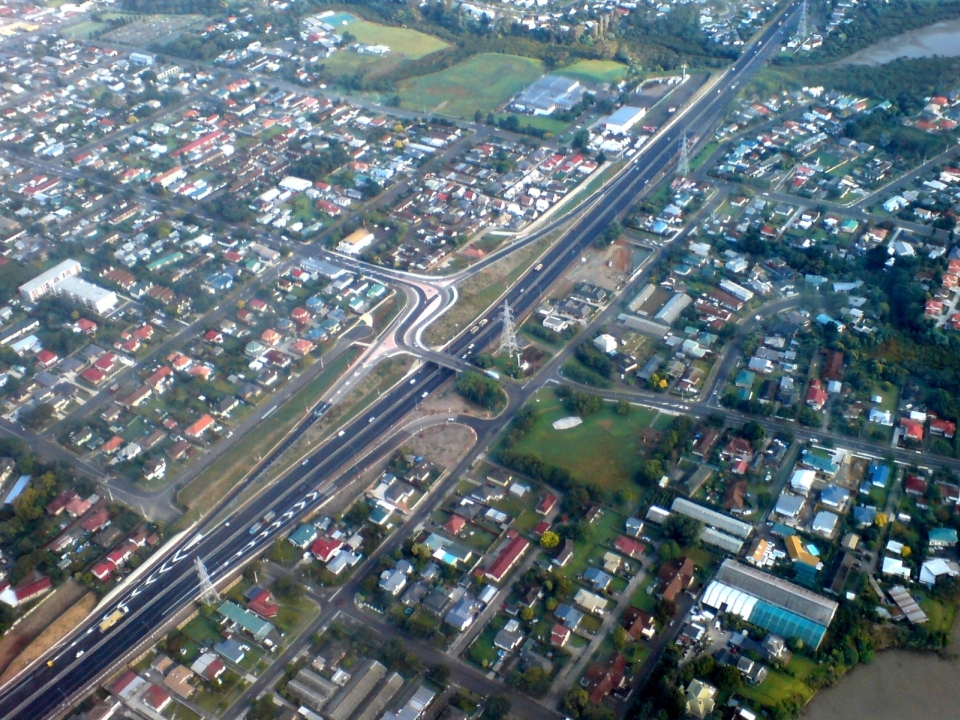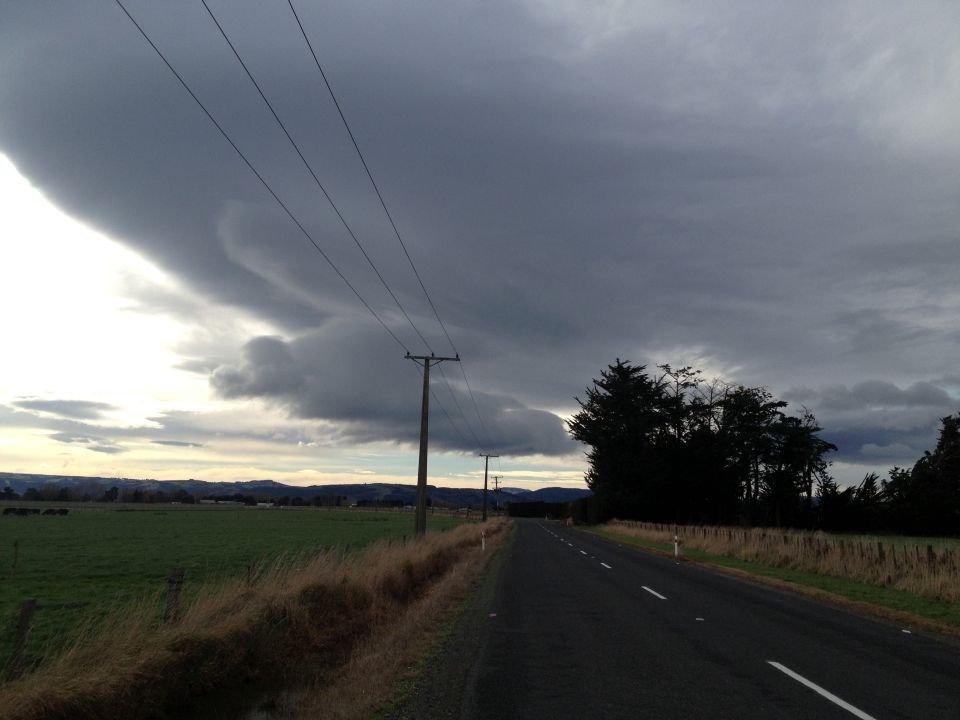You can contact LEARNZ, part of CORE Education, at:
Postal Address:
PO Box 13 678,
Christchurch 8141,
New Zealand
New Zealand’s people and economy rely on roads. Imagine how difficult life would be without a well maintained network of roads.
There are many ways to travel around New Zealand, whether it is for work, getting to and from school, for errands or fun and leisure. You can choose to walk, cycle, use a motorcycle or car, or use public transport such as buses and trains. Wherever you are going it is likely that you will travel on one of New Zealand’s many roads.
Good roads are an important part of a well-functioning modern society. Our communities work much better when it is easy for people to travel and when goods and services can be easily exchanged. Roads are also a community space: we ‘meet’ and have many interactions on the road as we navigate safely from one place to another.
Throughout the world many modern roads started out as just tracks that people used to get from place to place. The more popular tracks were then used by people with their horses and other such animals and so became larger. In New Zealand many of our current roads were once Māori ara or pathways.
The common law that we inherited from England used a very simple test to determine what is a road: there had to be a 'right of way' or 'rite of passage' granted to the public by the land owner. Roads were classed as footpaths (for pedestrians), bridleways or bridle paths (with animals), or carriageways (with wheeled vehicles), depending on the type of use permitted.
There are two types of roads in New Zealand;
State highways are roads with a national purpose. They are used to move people and goods nationwide, e.g. State Highway 1 runs the entire length of New Zealand. State highways are managed by the New Zealand Transport Agency (NZTA). The state highway network has almost 11,000 kilometres of road.
This state highway network is one of New Zealand’s most valuable assets, and is worth $23 billion. About $2.2 billion is spent each year on maintaining these roads.
Local roads are used to move people and goods within regions. These roads are managed by local government. There are 83,000 kilometres of local roads throughout New Zealand.
As a small, sparsely populated country, New Zealand relies on a well-developed transport network to move people, goods and services safely and efficiently. The length of road per person in New Zealand is one of the highest in the world.
The development of roads is important for economic growth because better roads can improve safety and save time and money.
One important road project is the Wellington Northern Corridor. This project includes 110km of four-lane expressway from Levin to Wellington Airport. This will improve safety and improve traffic flow.
Part of this project has been designed to allow a National War Memorial Park to be built in central Wellington. A tunnel will create an underpass so that Memorial Park and the National War Memorial can be brought together. Currently Buckle Street runs right through the middle of this area.

,State Highway 1 runs the length of this country. This photo shows part of State Highway 1 in Auckland. Image: Public Domain.

,Local roads are maintained by councils rather than NZTA. Image: LEARNZ.

Not all roads are of an equal standard. This is a gravel road by Lake Coleridge. Image: Public Domain.
Choose a road in your region and find out about its history: who first created it and why was it created?